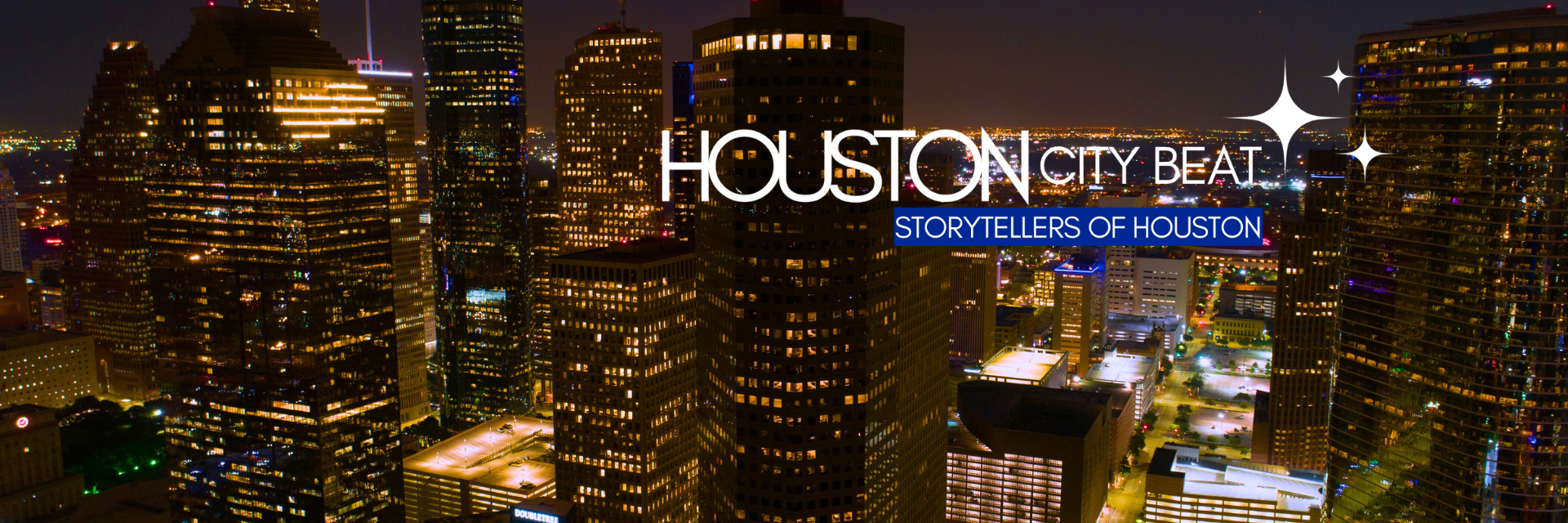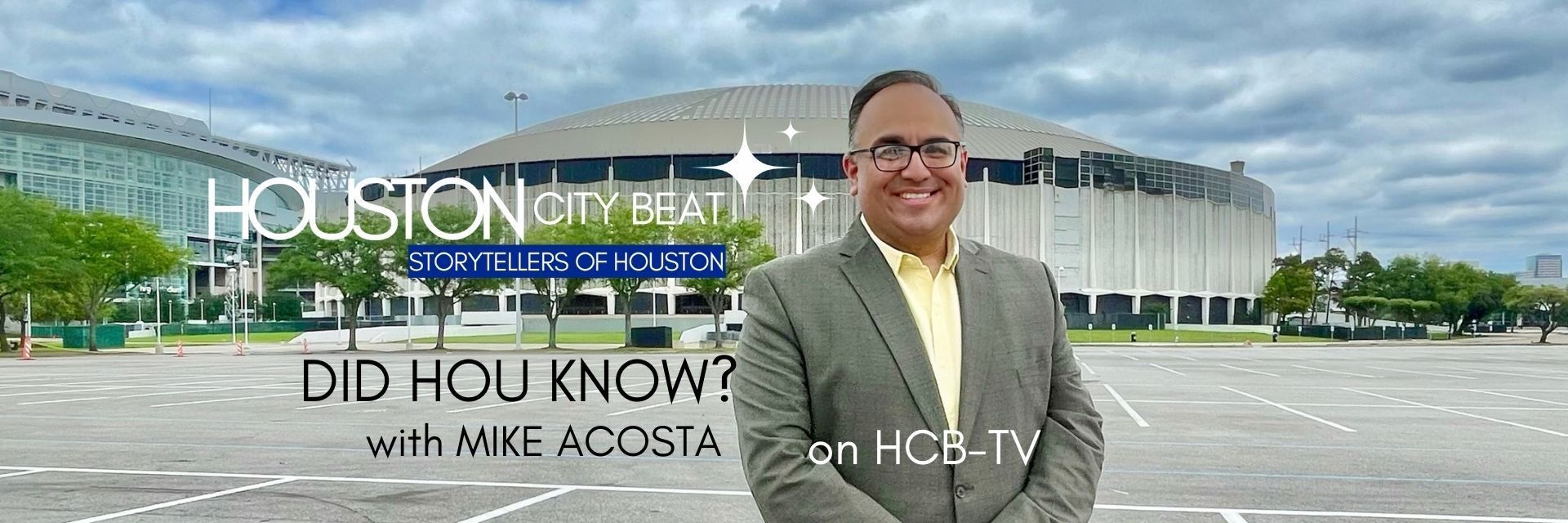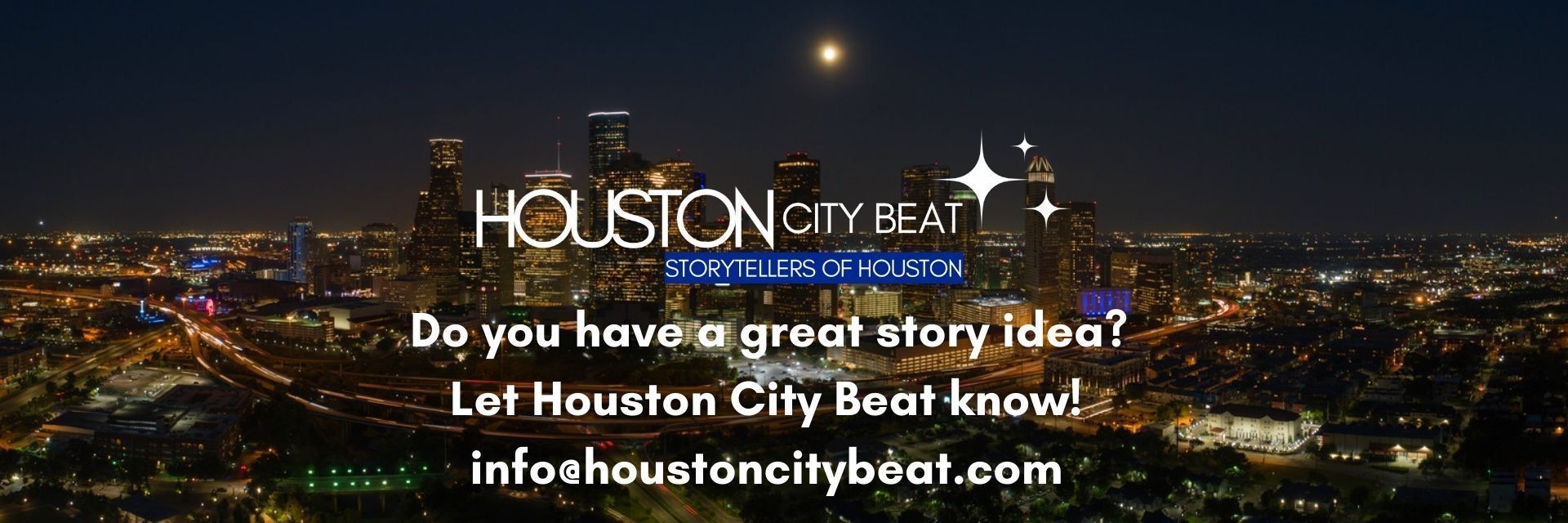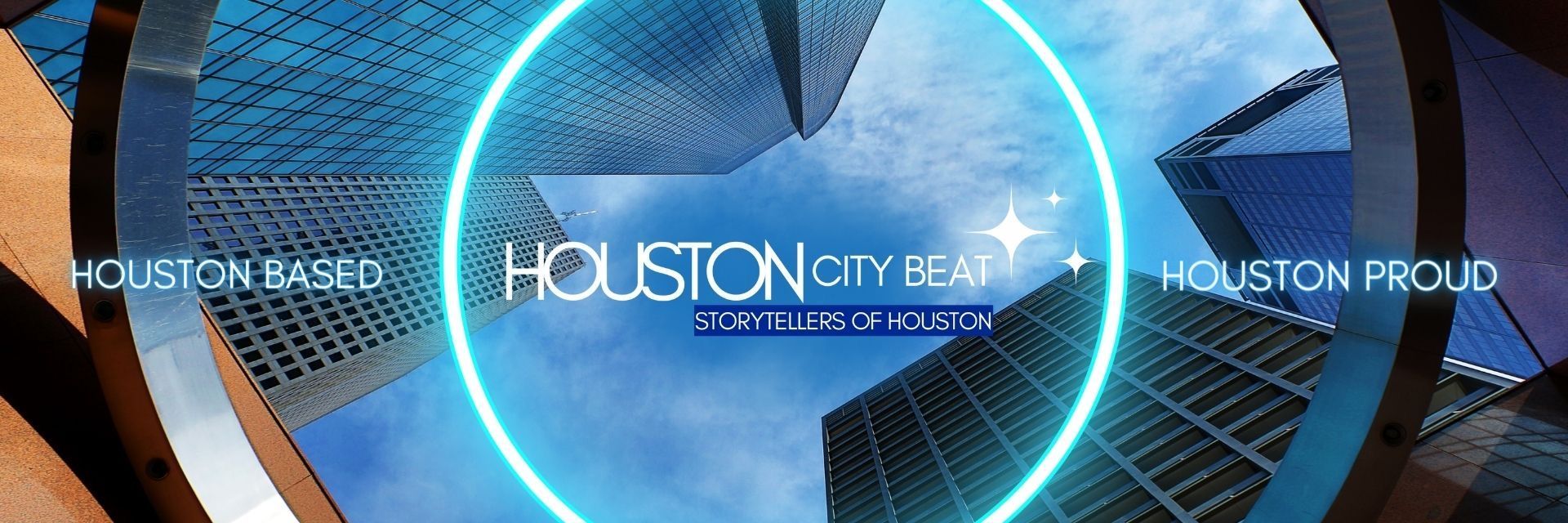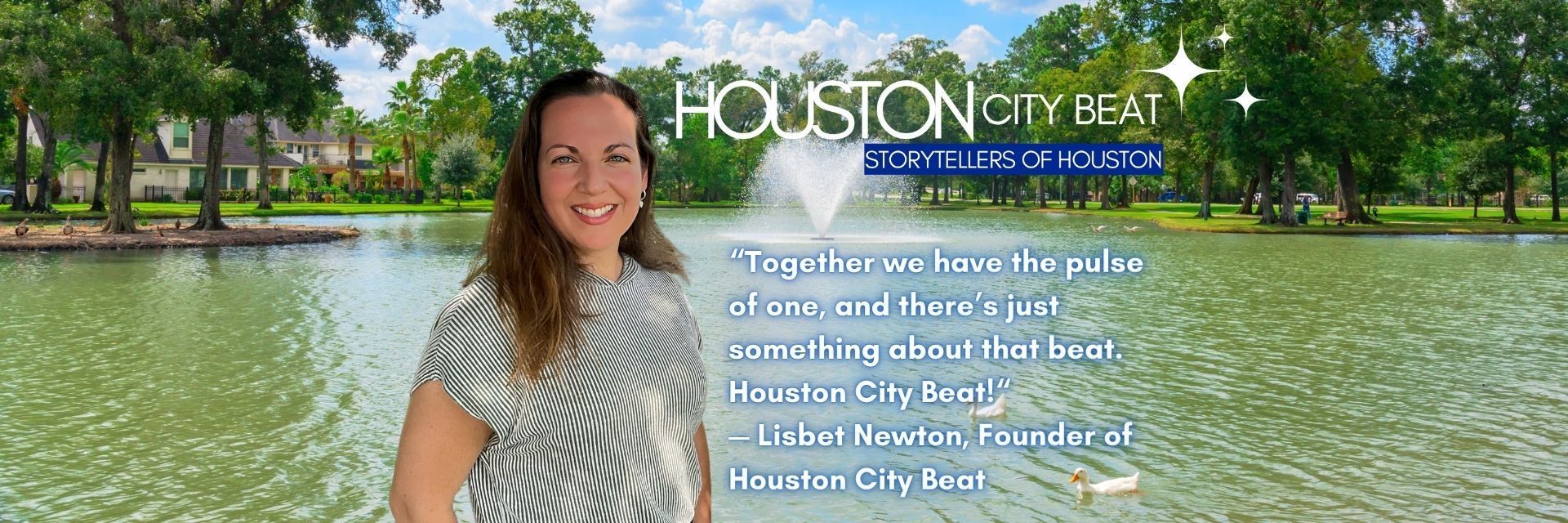On April 9, 1965, Houston didn’t just open a stadium—it launched a revolution. The Astrodome, dubbed the Eighth Wonder of the World, swung its doors wide open for the first time, and let me tell you, I wish I could’ve been there. Over 48,000 fans packed the place, dressed in their finest—suits and ties, dresses shimmering under the dome’s lights. This wasn’t like today’s games with Astros t-shirts and jerseys; opening night was an event, dripping with glitz and glamour. The anticipation had been building for years, and when the Astros faced the New York Yankees in an exhibition game, the Astrodome didn’t just make headlines—it put Houston on the global map.
A Stadium Like No Other
The Astrodome was unlike anything the world had seen. Spanning 710 feet wide with a dome stretching 642 feet—twice the size of any structure before it—this beast could hold an 18-story building inside. Inside, it was a perfect 72 degrees, thanks to 6,600 tons of air-conditioning, a feat nobody had dared try in a venue this massive. The field, sunk 25 feet below street level, let half the crowd stroll down to their seats while others zipped up escalators to the upper decks. And those seats? Theater-style, fully padded for comfort, bursting in colors like lipstick red, burnt orange, coral, terra cotta, black, purple, gold, bronze, and royal blue. It felt like a palace, not a ballpark.
Everything about the Astrodome was next-level. Fans grabbed dinner at the Countdown Cafeteria behind home plate or the Trailblazer Restaurant by first base on the Loge Level. The Astrodome Club, pure luxury, ran from home plate to left field on the Club Level. Up on the Sky Box Level, the Sky Dome Club—a Japanese steakhouse lit by black lights—sat next to the world’s first private luxury suites. Out in the outfield, the Domeskeller, styled like a German beer garden, let fans sip brews while watching batting practice. Forgot a souvenir? The Galaxie Gift Shop had you covered. Spacettes ushered you to your seat with a smile, Spacefinders guided your car to a parking spot, and Earthmen kept the natural grass—grown near Texas A&M—looking sharp.
1 of 12

The Astrodome roof before the 4,596 skylights were painted.
2 of 12

April 9, 1965
3 of 12

The Houston Astros and New York Yankees line up before the first game in the Astrodome.
4 of 12

The Astrodome scoreboard shows off its features on April 9, 1965.
5 of 12

The game on April 9, 1965 in the Astrodome was the first time the newly renamed Astros wore their new uniforms in Houston.
6 of 12

The Astrodome Club
7 of 12

The Skydome Club
8 of 12

Programs from the first set of games in the Astrodome.
9 of 12

Painting by Astrodome historian Mike Acosta of employees preparing for work in the Astrodome.
10 of 12

Head Astros Grounds Keeper, George Meyers in his “Earthman” suit.
11 of 12

The fire-breathing steer on the Astrodome scoreboard.
12 of 12

A lighted depiction of the Astrodome with a home run burst on the scoreboard.
A Game to Remember
The game was a spectacle, kicked off by Texas Governor John Connally tossing the ceremonial first pitch from the field box seats near the Astros dugout, the proud crowd roaring in approval. Then, all eyes turned to the legendary Mickey Mantle. The Yankees moved him to leadoff—not his usual spot—so he’d be the first batter in Astrodome history. As he stepped up, Astros catcher Ron Brand leaned in and said, “Mickey, take the first pitch, okay? We’re saving it for the Hall of Fame.” Mantle, nerves jangling, chuckled and replied, “Don’t worry, I’m too nervous to swing anyway.” He settled in later, though, launching the Astrodome’s first home run—a monster shot soaring past the 406-foot marker in center field. Jimmy Wynn, playing center, told me the ball bounced back onto the field, and he tossed it into the stands. Some fan out there got the souvenir of a lifetime. The game stretched to the 12th inning, and that’s when Nellie Fox came through, ripping a game-winning hit that scored Jimmy Wynn to send the Astros home victorious. President Lyndon Johnson watched it all from a private suite above right field alongside Astros owner Judge Roy Hofheinz, the visionary driving force who, along with fellow team owner R.E. “Bob” Smith, helped made the Astrodome a reality.
A Field with Challenges
In the days before the April 9th game, the Astros discovered daytime sun shining through the dome’s skylights was creating a glare that appeared brighter than the sun itself. Each skylight had a diffuser underneath, designed to radiate an even glow of sunshine without the shadows of roof girders across the field. Players practicing in the outfield could not see fly balls against the explosion of light, which could have resulted in a huge problem on many levels. That night, the natural grass field gleamed under the lights, no issues with glare since it was a night game. The next few days were cloudy, so the 4,596 lucite skylights in the dome’s roof didn’t cause trouble—yet. Hofheinz, ever the showman, quipped he’d never cancel a game for too much sunshine. The Astros even tested dyed baseballs—orange, cerise, blue—to see if they’d help, but those never saw real action. Following the first set of home games, the Astros painted over the skylights to cut the glare, which dimmed sunlight by roughly 40 percent. Problem was, that choked the grass. The Astros Grounds Crew fought to keep it alive, replanting patches, mixing in sawdust, even spray-painting it green when things got desperate. It was a battle, but that first night, the field was perfection. Another round of paint was soon applied after Jimmy Wynn lost a fly ball during a regular season game with the San Francisco Giants. By 1966, Astroturf made its debut in the Dome, solving the issue of growing grass indoors.
The Scoreboard That Stole the Show
If the Astrodome was a wonder, its scoreboard was a marvel within it. Designed to put "the Aurora Borealis to shame," it stretched 474 feet across, standing over four stories tall, it had 1,200 miles of wiring and 50,000 light bulbs, spitting out every stat fans could want. The Astrolite screen in the middle—think of it as the great-granddaddy of today’s video boards—played cartoons with personality. Chester Charge, the animated soldier, got the crowd screaming “CHARGE!” when the Astros needed a spark. The Home Run Spectacular was the real showstopper: six-shooter cowboys, fire-breathing steers, and fireworks exploding across the board every time an Astro went deep. No homers by the Astros that opening night, but in the eighth inning, they ran the display anyway, and the place went nuts.
Houston’s Moment on the World Stage
The Astrodome wasn’t just a building—it was Houston’s soul in mid-century steel and concrete. A city born in oil, shaped by railroads and medicine, home to NASA’s astronauts, had been bold enough to dream this up and make it real. April 9, 1965, made headlines across the globe. Say “Houston,” and people thought Astrodome. Say “Astrodome,” and they knew Houston. That night, with 48,000 fans in their Sunday best, a president and governor in the stands, Mickey Mantle’s homer, and Nellie Fox’s clutch hit, Houston showed the world what we’re made of. The Astrodome’s opening wasn’t just unprecedented—it was the moment our city became a household name.


